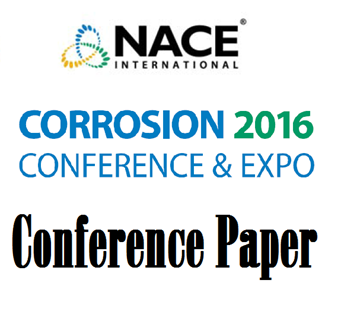Search
01643 Improving the Damage Tolerance, and Extending the Service Life of Fusion-Bonded Epoxy Coatings
Also Purchased
Fusion Bonded Epoxy Coatings (FBE) and Disbondment
Product Number:
51316-7246-SG
ISBN:
7246 2016 CP
Publication Date:
2016
$20.00
00168 PERFORMANCE TESTING OF FUSION BONDED EPOXY COATINGS
Product Number:
51300-00168-SG
ISBN:
00168 2000 CP
$20.00
08037 Review of Epoxy Polymer Thermal Aging Behavior Relevant to Fusion Bonded Epoxy Coatings
Product Number:
51300-08037-SG
ISBN:
08037 2008 CP
Publication Date:
2008
$20.00




